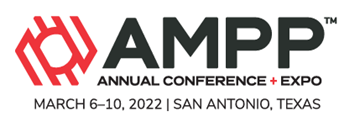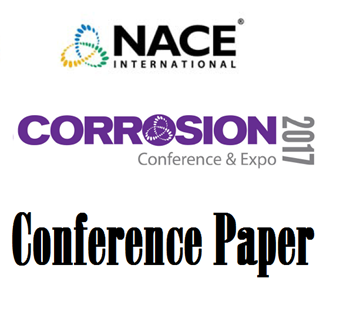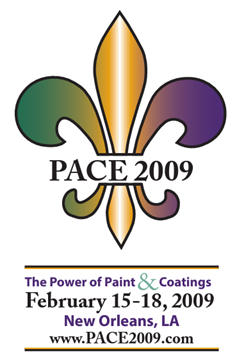Search
Individual Conference Papers
View as
Sort by
Display
per page
Impact Of Preservation Method, Storage Temperature, And Processing Time On Microbiological Community Shift In Solid Samples Collected From Crude Oil Transmission Pipelines
Product Number:
51322-18009-SG
Publication Date:
2022
$20.00
Impact of Specimen Geometry on Cathodic Disbondment Testing for Protective Coatings
Product Number:
51319-13367-SG
Publication Date:
2019
$20.00
Impact of Support Dissolution on the Corrosion Resistance of 316L Stainless Steels
Product Number:
51321-16449-SG
Publication Date:
2021
$20.00
Impact Of Surface Conditions On Calcium Carbonate (Caco3) Scaling Kinetics In A Once-Through Capillary Flow Rig
Product Number:
51321-16562-SG
Publication Date:
2021
$20.00
Impact of Surface Finishing on Corrosion Inhibition Performance
Product Number:
51317--9175-SG
ISBN:
9175 2017 CP
Publication Date:
2017
$20.00
Impact of Test Method on Sulfide Stress Cracking Fracture Toughness
Product Number:
51323-19118-SG
Publication Date:
2023
$20.00
Impact of Unreacted Mea-Triazine on Refinery Operation
Product Number:
51321-16832-SG
Publication Date:
2021
$20.00
Impact of Vapor Phase Corrosion Inhibitors (VPCI) to Mitigate Corrosion in Refinery Overhead Systems
Product Number:
51324-21227-SG
Publication Date:
2024
$40.00
Impact of Very Low Concentration of Soluble Salts on Coatings Performance
Product Number:
51319-13218-SG
Publication Date:
2019
$20.00
Impact of Welder Performance on the Integrity of Welds, and Enhancement of Welds Quality
Product Number:
MPWT19-15249
Publication Date:
2019
$0.00
Implementation Of An Innovative Subsea Corrosion Monitoring Device To Manage Corrosion In A New Subsea Development
Product Number:
51321-16715-SG
Publication Date:
2021
$20.00












